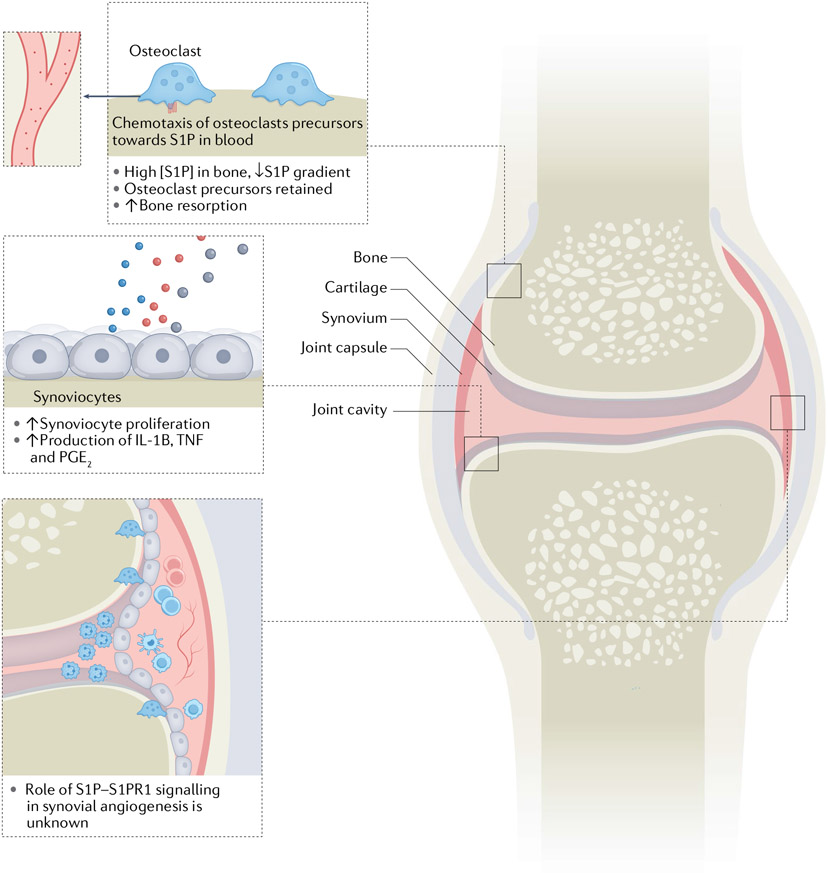Fig. 4 ∣. Contribution of S1P to inflammatory injury and joint destruction in RA.
Elevated sphingosine 1-phosphate (S1P) levels in rheumatoid arthritis (RA) synovium (from multiple sources, including platelets) could contribute to disease pathogenesis by increasing osteoclast precursor retention and bone resorption, and increasing synoviocyte proliferation and production of prostaglandin E2 (PGE2), tumour necrosis factor (TNF) and IL-1β.The effect of increased S1P receptor 1 (S1PR1) signalling on angiogenesis in the RA synovium remains to be elucidated.

